Jacksonville, Fl. — The “Buresh Bottom Line”: Always be prepared!.....First Alert Hurricane Preparation Guide... City of Jacksonville Preparedness Guide... Georgia Hurricane Guide.
STAY INFORMED: Get the * FREE * First Alert Weather app
FREE NEWS UPDATES, ALERTS: Action News Jax app for Apple | For Android
WATCH “Preparing for the Storm”
WATCH “The Ins & Outs of Hurricane Season”
READ the First Alert Hurricane Center “Preparation Guide”
Federal Alliance for Safe Homes (FLASH) * here *.
***** ALWAYS CHECK & RE-CHECK THE LATEST FORECAST & UPDATES! ****
Tropics threats for Jacksonville/NE Florida/SE Georgia: None through the weekend.
“Buresh Bottom Line”:
* The Caribbean again looks to be the area to watch & monitor this week ... possibly into the Gulf of Mexico next week.
* “Mighty Milton” - Buresh Blog - recap of the hurricane including the forecast.
* “The Hell that was Helene” - Buresh Blog.
The Atlantic Basin Overview:
A Hurricane WATCH: Punta Castilla to the Honduras/Nicaragua Border
A Tropical Storm WATCH: Honduras/Nicaragua Border to Puerto Cabezas
“Potential Tropical Cyclone #19″
‘99-L’ is now PTC 19 & should soon be “Sara” over the Caribbean. Most of the models have trended faster with the tropical cyclone possibly near or over Florida by Wed. (11/20) of next week. Where exactly & what strength is still to be determined with a good deal of variance at the moment - not surprising given Sara has not yet developed a core not to mention it’s still in the longer range. The recent trend in the models has been more west into Central America. Such a track would have major implication on what may then move north over the Gulf of Mexico, especially when it comes to strength. Climavision ‘HorizonAI’ global model - 4th image below - has the system - as a hurricane - into the Southeast Gulf by Wed. The 5th forecast map for the same time period is the upper level (500mb, 30,000 ft) flow showing a trough of low pressure over the Central U.S. This trough - it’s intensity, timing & depth looks to be a key player in where & how fast Sara tracks. Initially... Sara should sort of meander or drift west the next few days before starting to follow the alleyway while feeling a “tug” from the upper level trough taking the system more north toward the over the Gulf of Mexico.
It’s still very early but the bottom line is anyone in the Western Caribbean, Yucatan Peninsula, Western Cuba & Florida needs to stay up to date on the latest forecasts. Exactly how this situation unfolds is very much up in the air.






‘Velocity potential anomalies’ below shows “rising” air (green lines) across the Atlantic Basin which equates with an uptick in overall convection. With rising air, conditions are generally more favorable for tropical development. An upward “pulse” was centered over the Atlantic Basin which aided Rafael last week & the tail end of this pulse may help the next disturbance over the Caribbean.

REMEMBER WHEN A TROPICAL STORM OR HURRICANE IS APPROACHING: Taping windows is *not* recommended & will not keep glass from breaking. Instead close curtains & blinds.
Realize the forecast cone (”cone of uncertainty”) is the average forecast error over a given time - out to 5 days - & *does not* indicate the width of the storm &/or where damage might occur.
The upper oceanic heat content (UOHC) [tropical cyclone heat potential/TCHP] across the SW Atlantic, Gulf & Caribbean is very high:
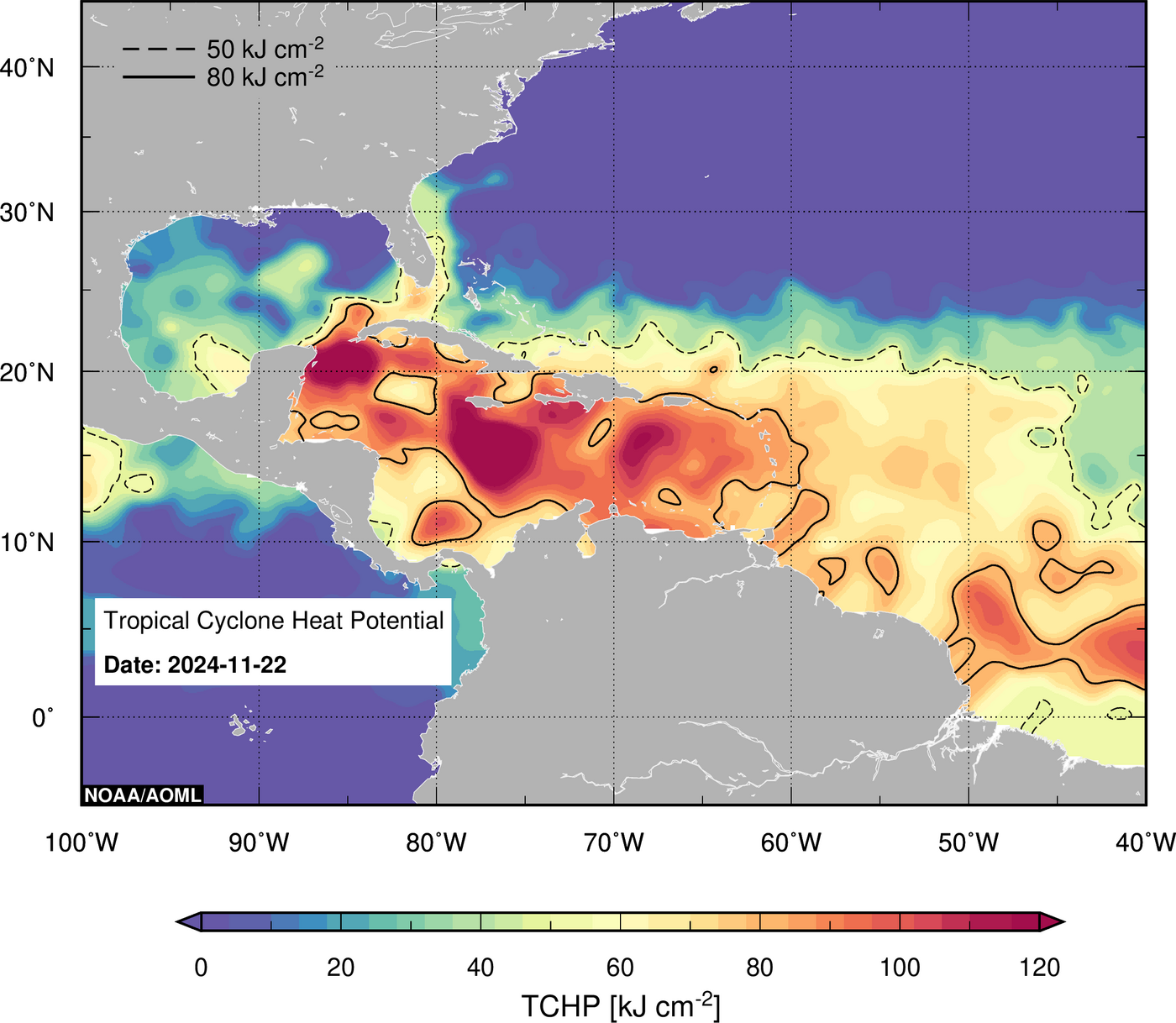
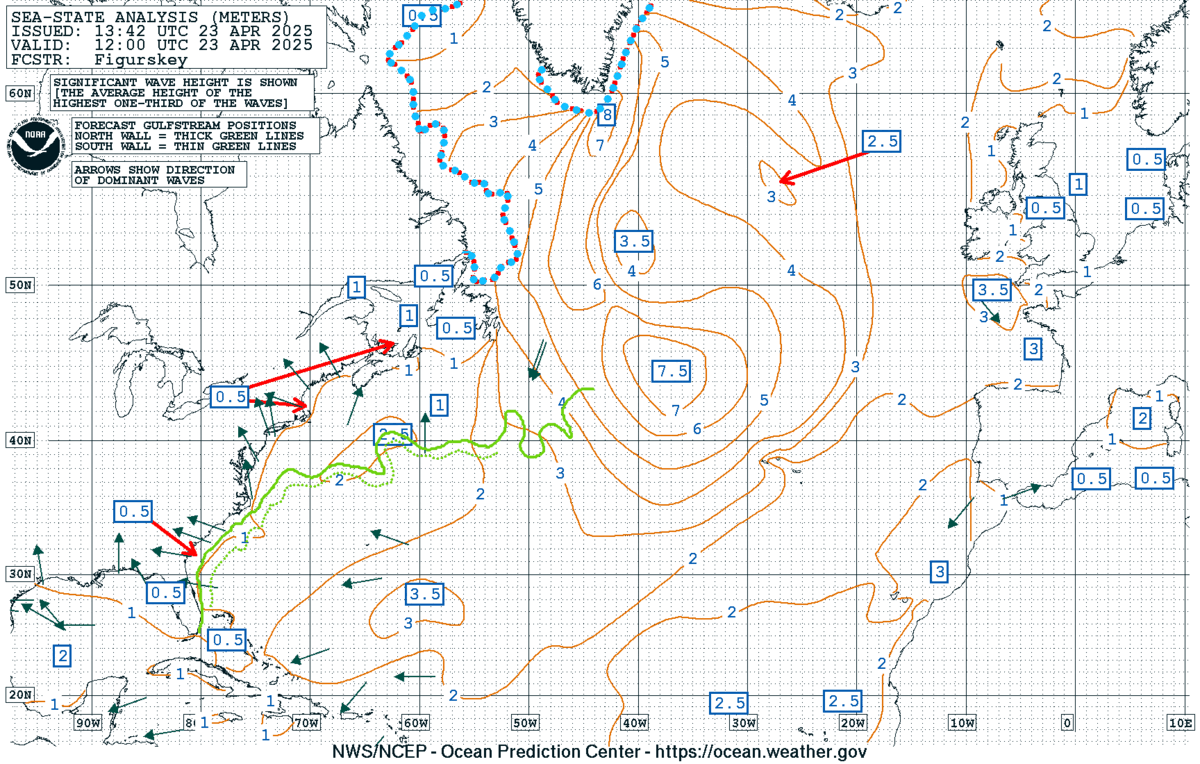
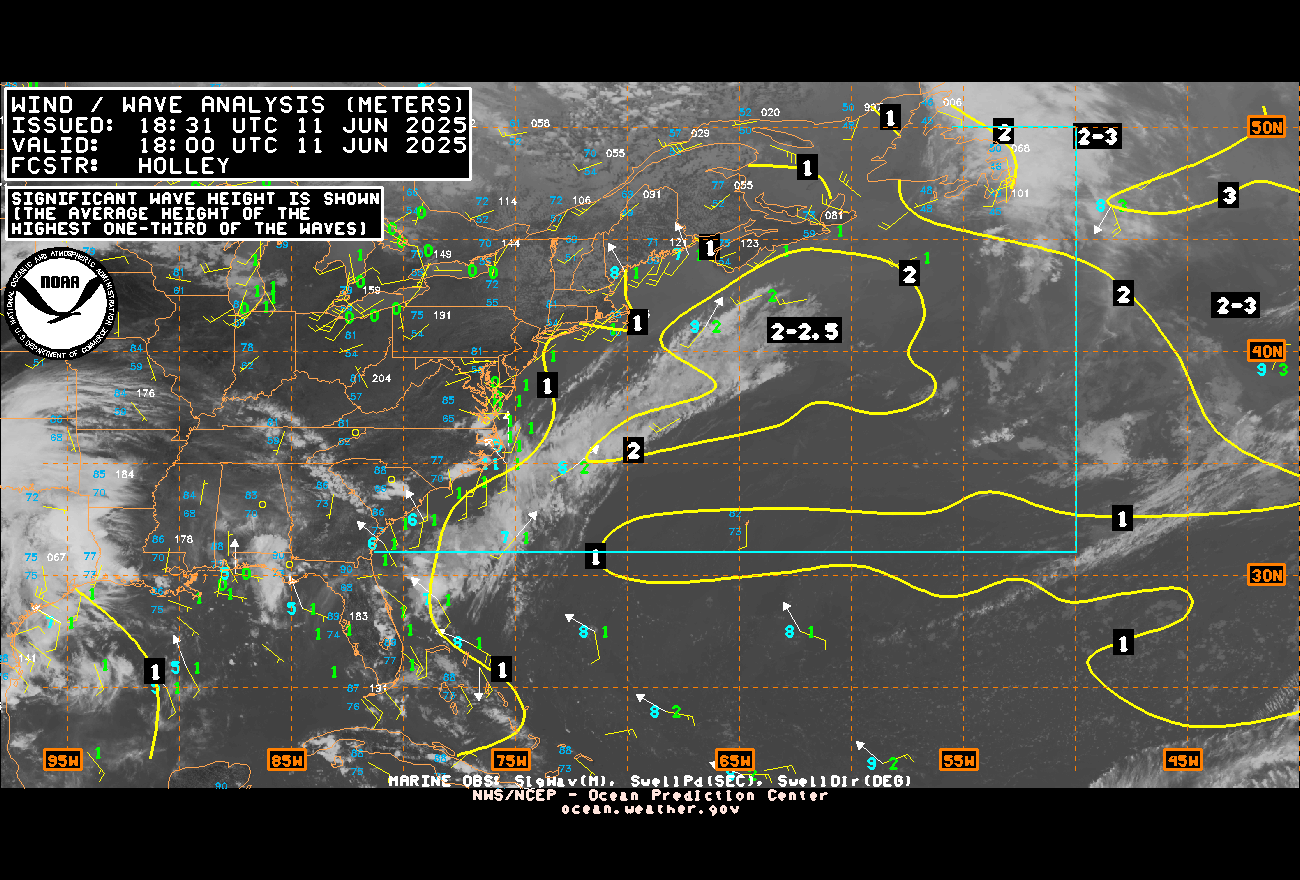




Water vapor loop (dark blue/yellow is dry mid & upper level air):


November tropical cyclone origins:
Averages below based on climatology for the Atlantic Basin for November:
Wind shear (red - strong shear; green - low shear):



Saharan dust spreads west each year from Africa driven by the prevailing winds (from east to west over the Atlantic). Dry air = yellow/orange/red/pink. Widespread dust is indicative of dry air that *can* interfere with the development of tropical cyclones. However, sometimes “wanna’ be” waves will just wait until they get to the other side of - or away from - the dust plume then try to develop if other conditions are favorable (we’ve already seen this with Beryl & Debby this year). In my personal opinion, there is way too much “hoopla” about the presence of Saharan dust & how it relates to tropical cyclones. In any case, the peak of Saharan dust typically is in June & July.
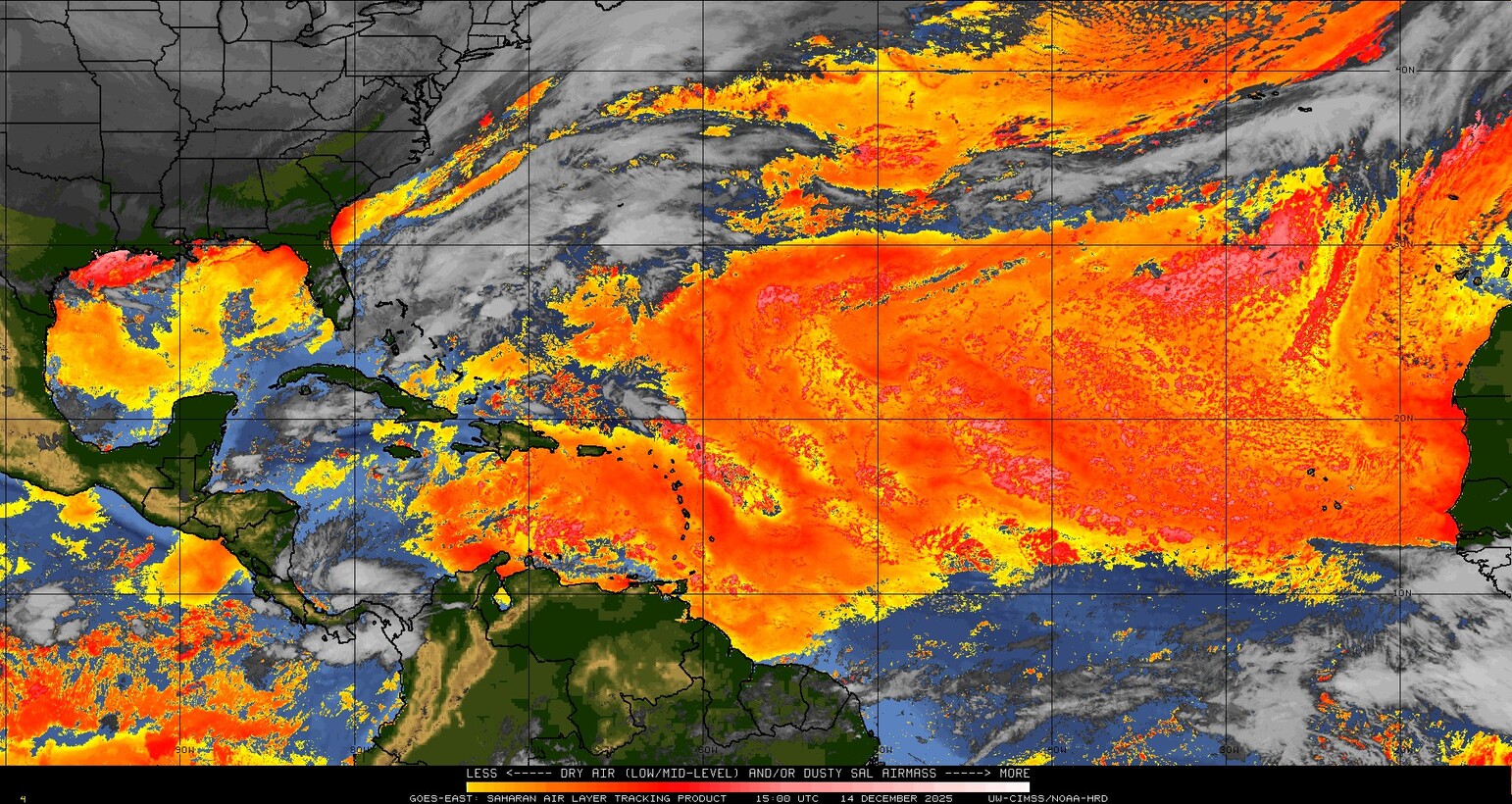
2024 names..... “Sara” is the next name on the Atlantic list (names are picked at random by the World Meteorological Organization... repeat every 6 years). Historic storms are retired [Florence & Michael in ’18 (the last time this year’s list was used)... Dorian in ’19 & Laura, Eta & Iota in ‘20, Ida in ‘21 & Fiona & Ian in ‘22]). In fact, this year’s list of names is rather infamous because of the ‘04 season when Charley, Frances, Jeanne & Ivan - all retired names - hit Florida within a matter of about 6 weeks. The WMO decided - beginning in 2021 - that the Greek alphabet will be no longer used & instead there will be a supplemental list of names if the first list is exhausted (has only happened three times - 2005, 2020 & 2021). The naming of tropical cyclones began on a consistent basis in 1953. More on the history of naming tropical cyclones * here *.

Hurricane season climatology:




East Atlantic:





Mid & upper level wind shear (enemy of tropical cyclones) analysis (CIMMS). The red lines indicate strong shear:
Water vapor imagery (dark blue indicates dry air):

Deep oceanic heat content over the Gulf, Caribbean & deep tropical Atlantic. The colors will brighten greatly as the water warms to greater depths deeper into the season:

Sea surface temp. anomalies:
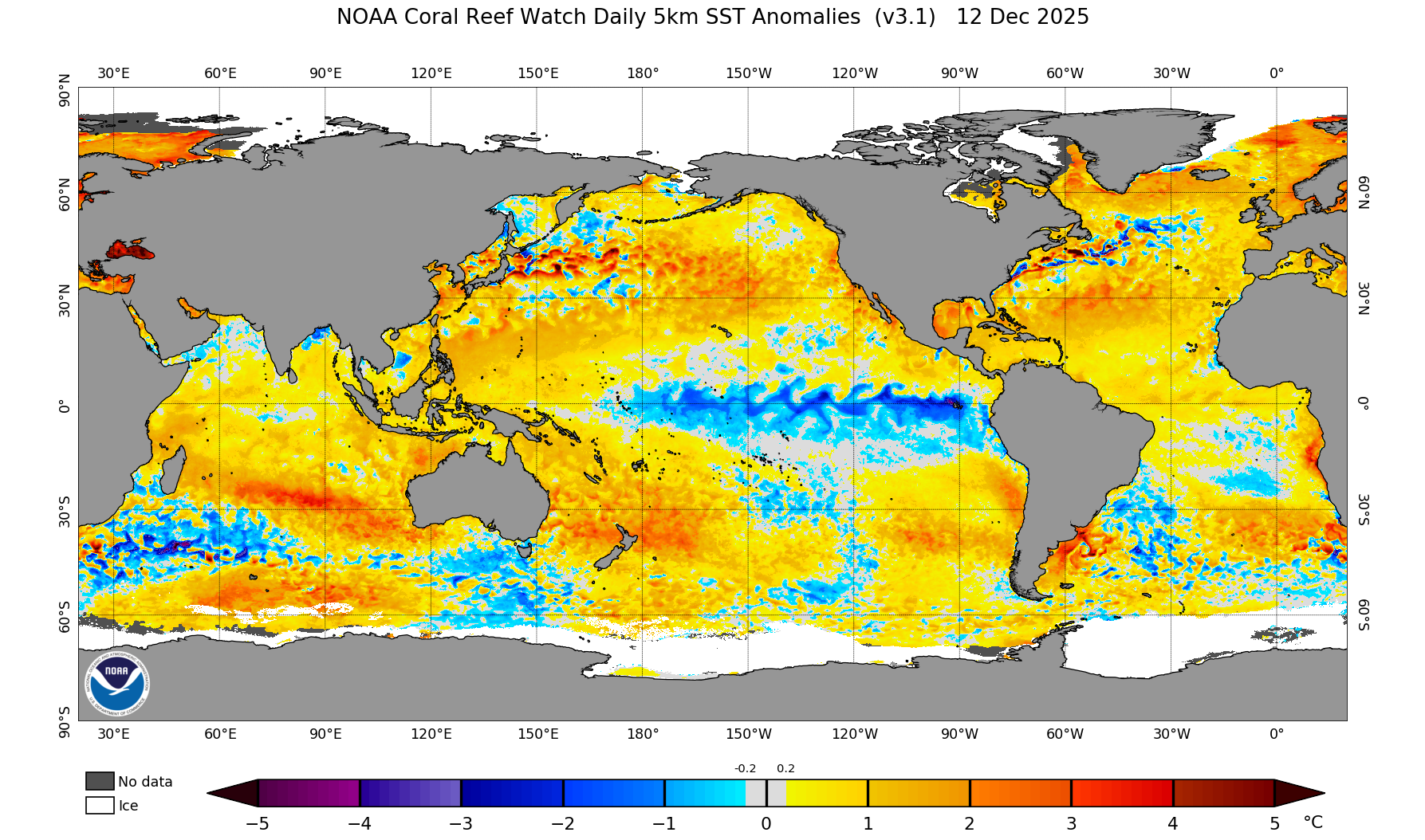

SE U.S. surface map:

Surface analysis centered on the tropical Atlantic:
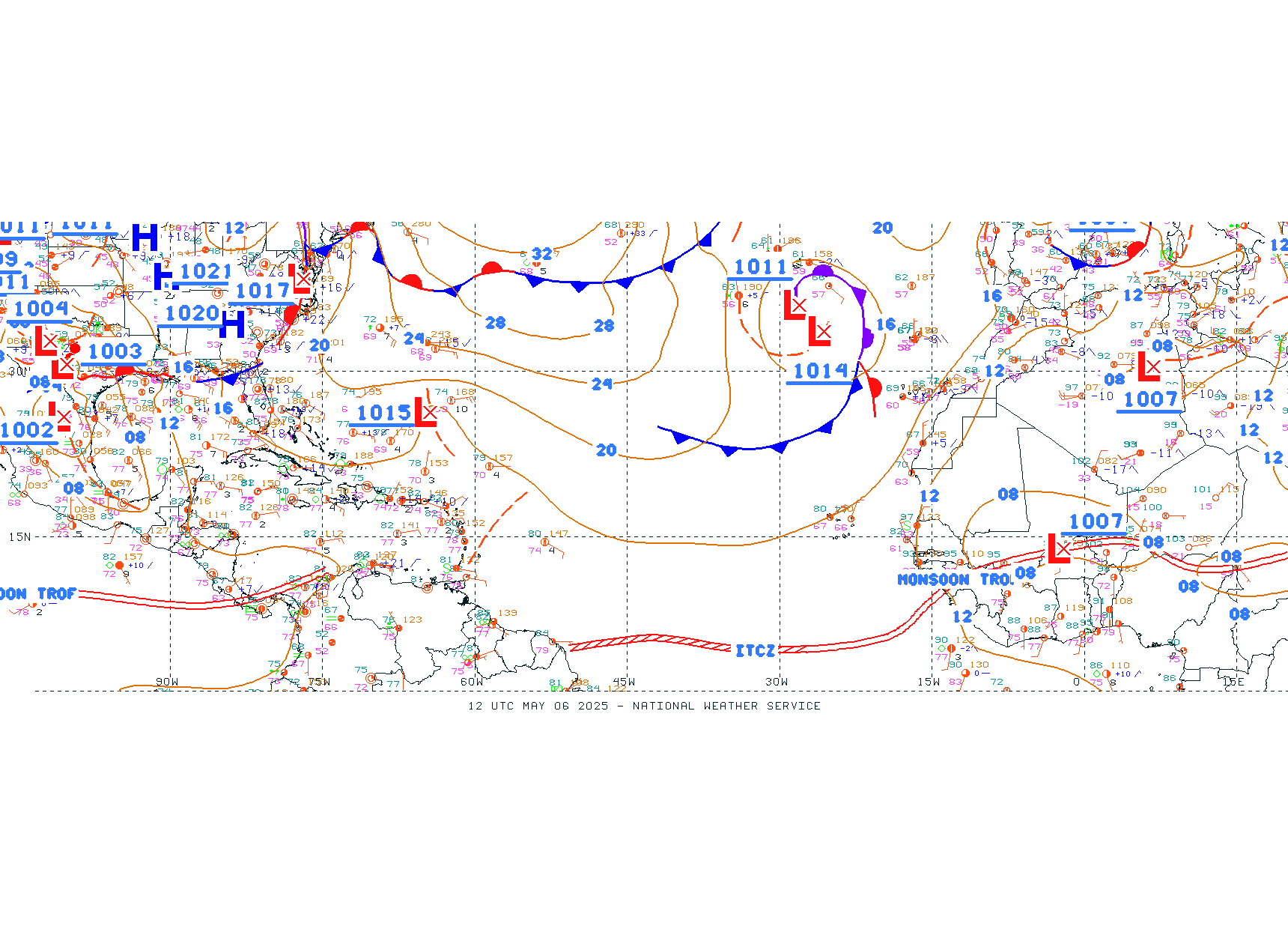
Surface analysis of the Gulf:
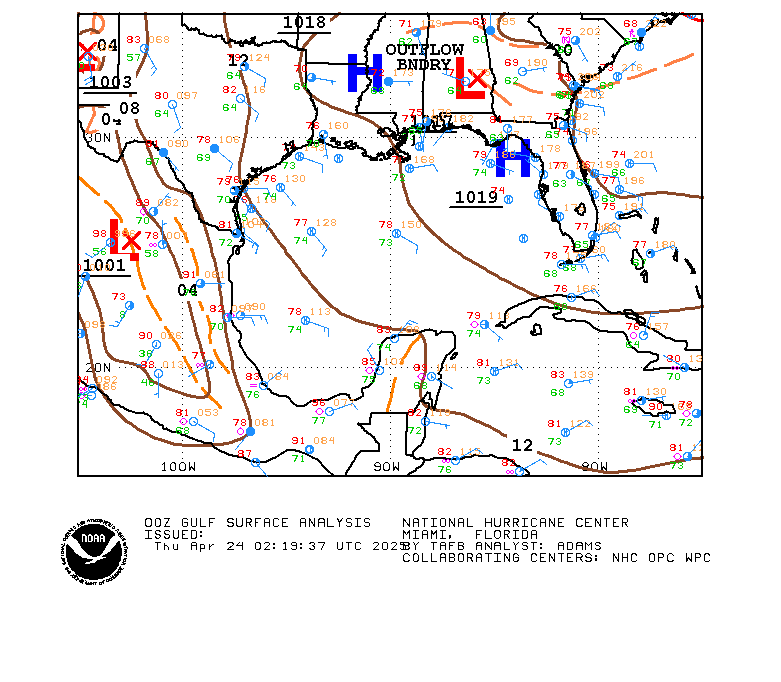
Caribbean:
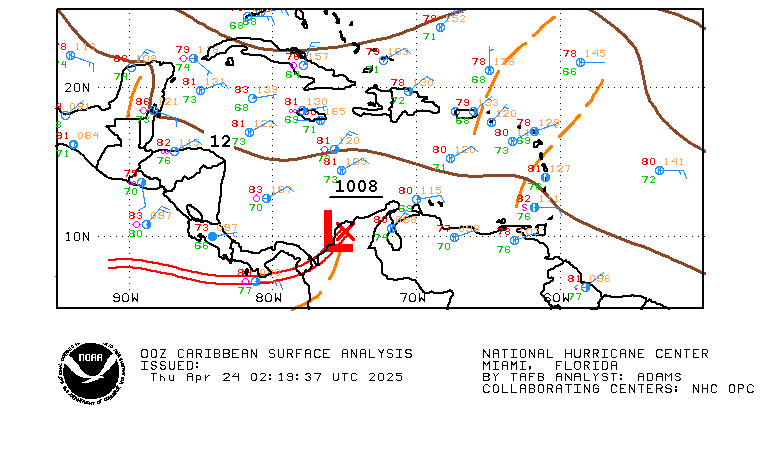
Atlantic Basin wave period forecast for 24, 48, 72 & 96 hours respectively:
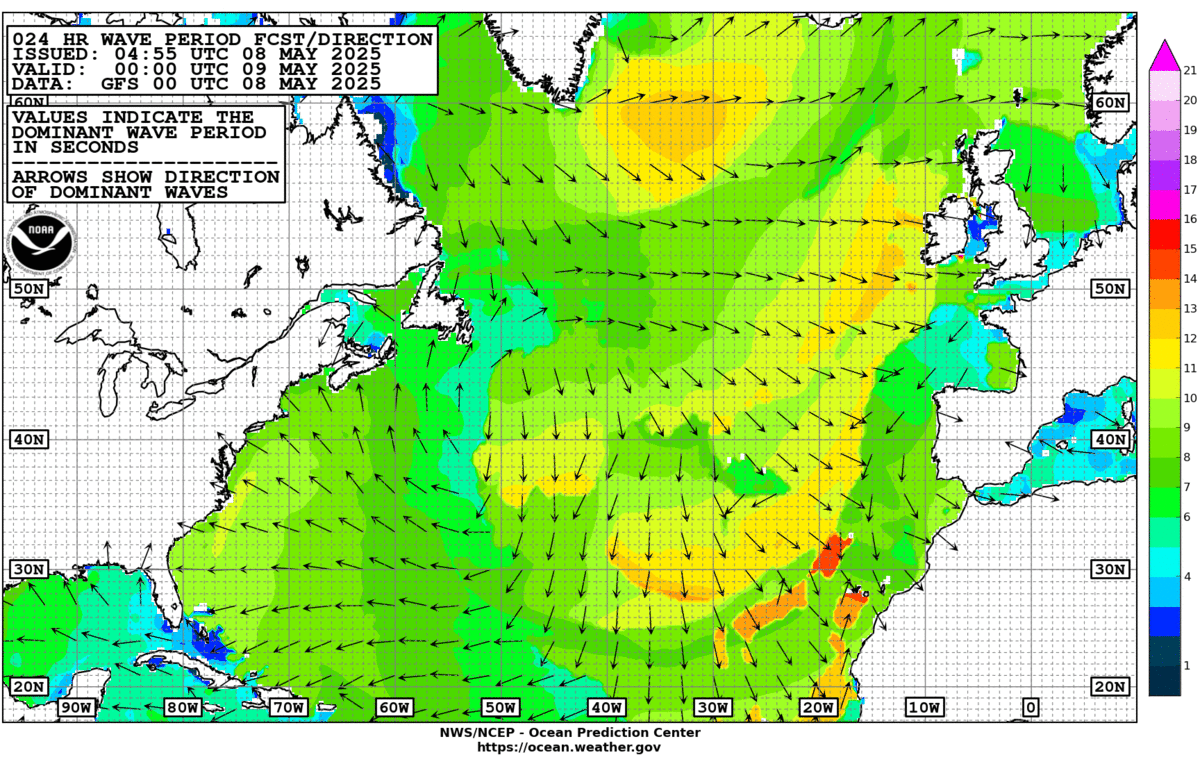
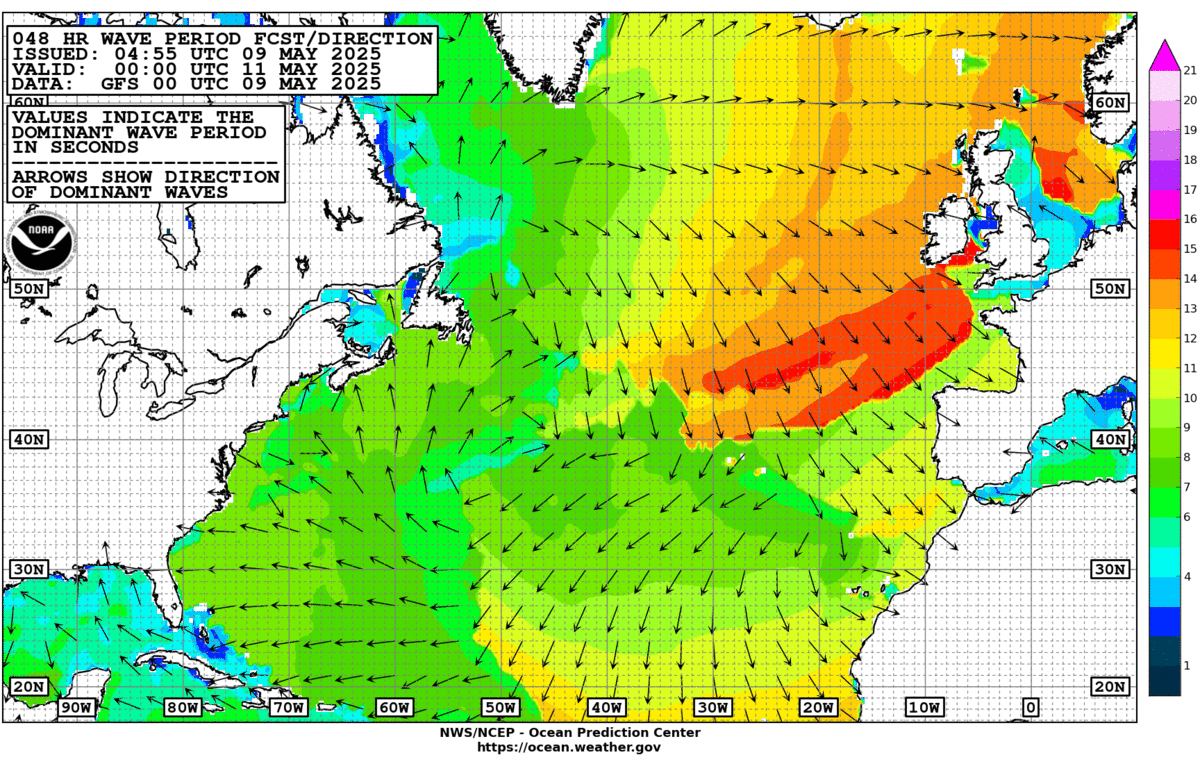
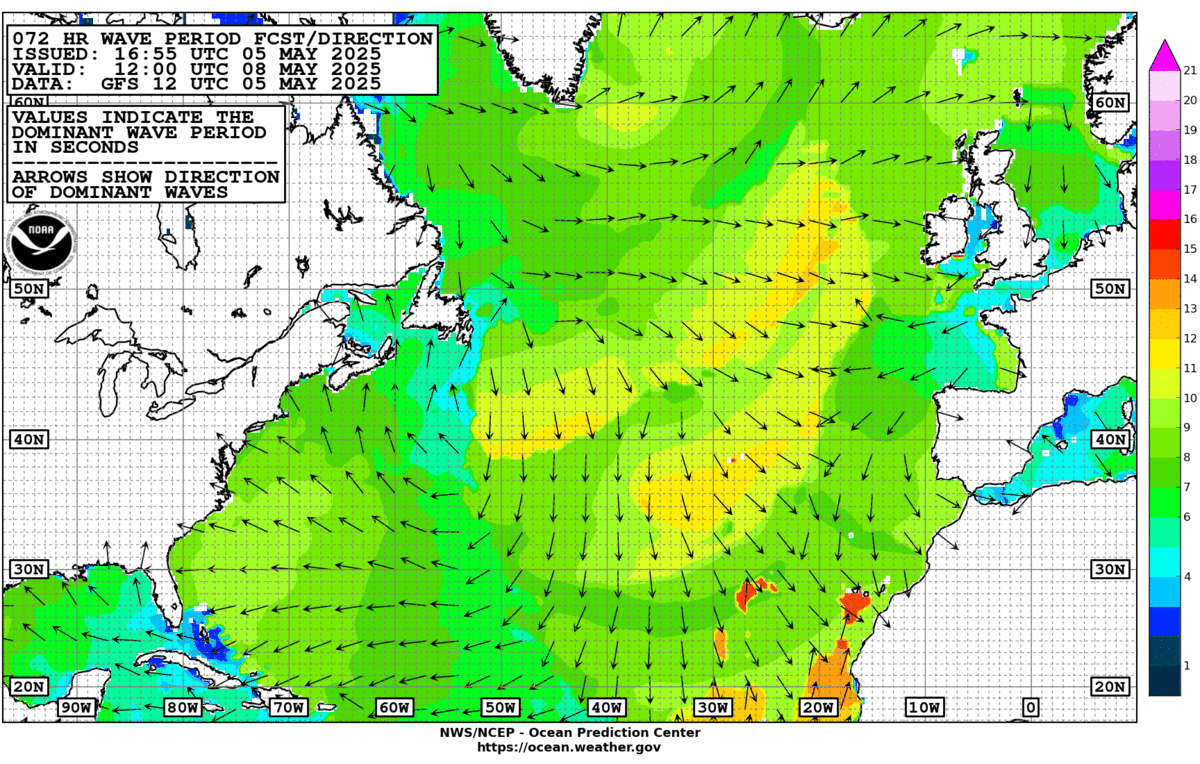
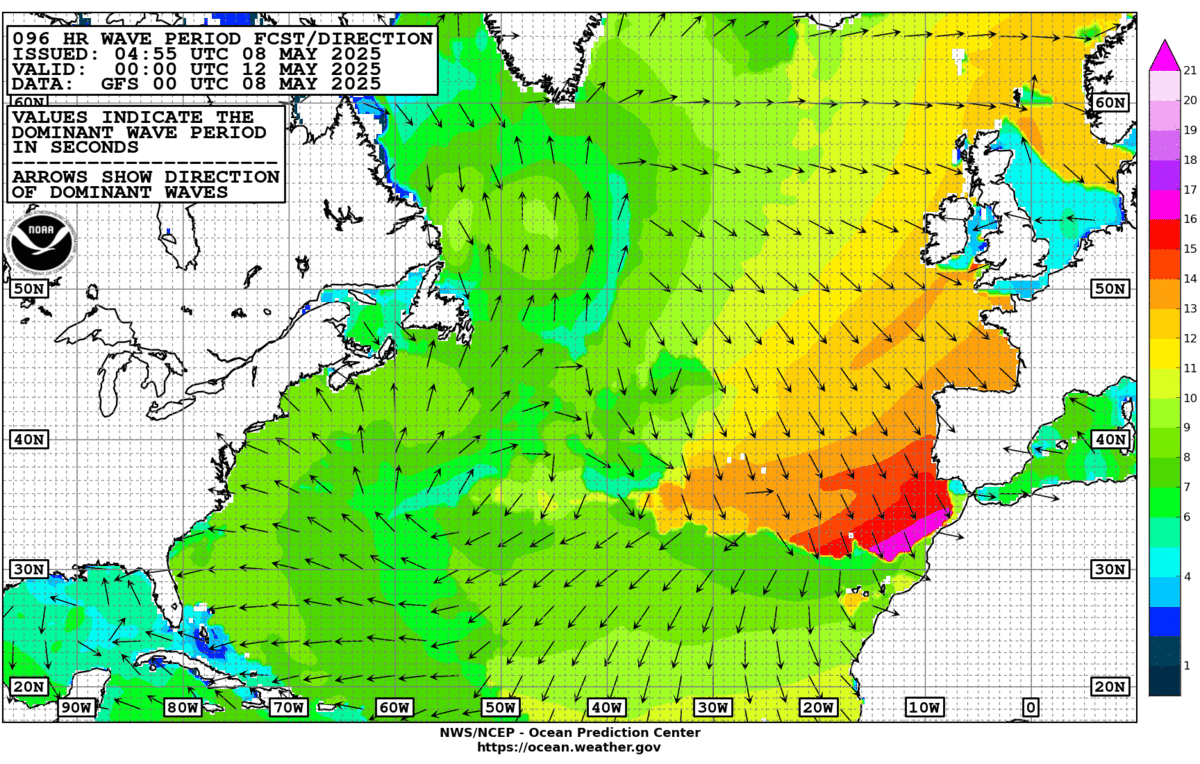

East & Central Pacific:



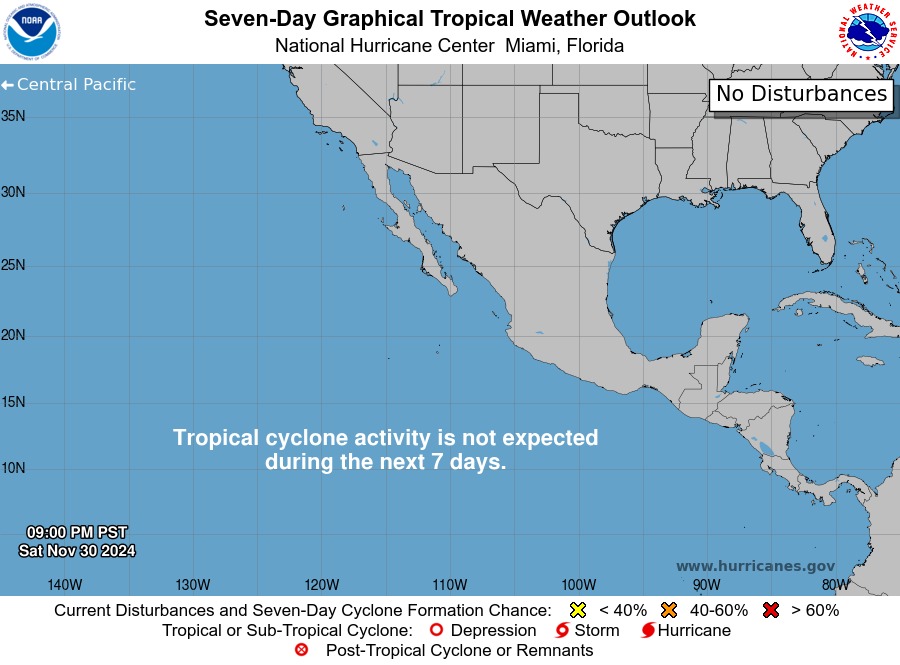
Central Pacific:
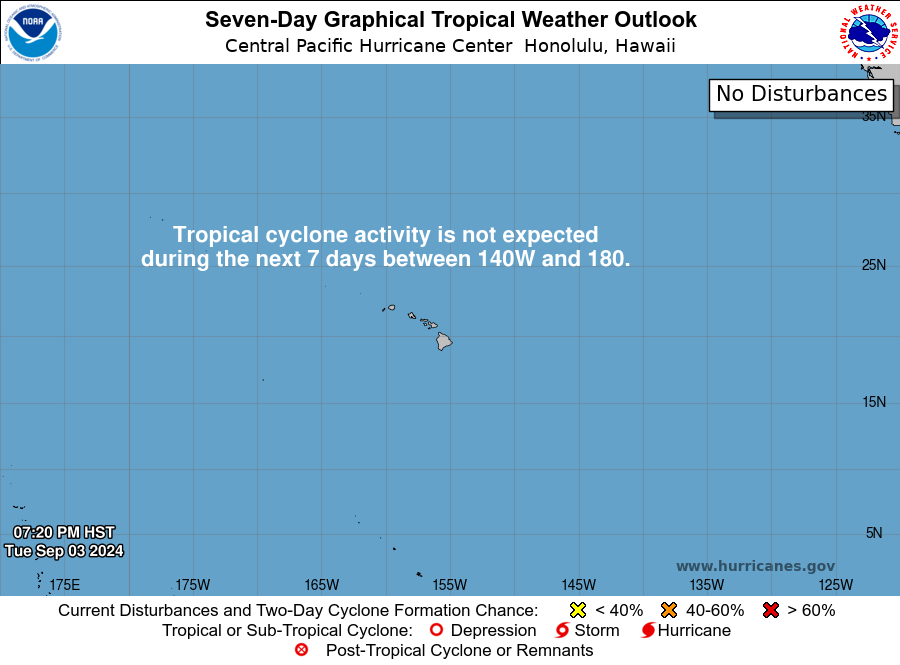
Hawaii satellite imagery:

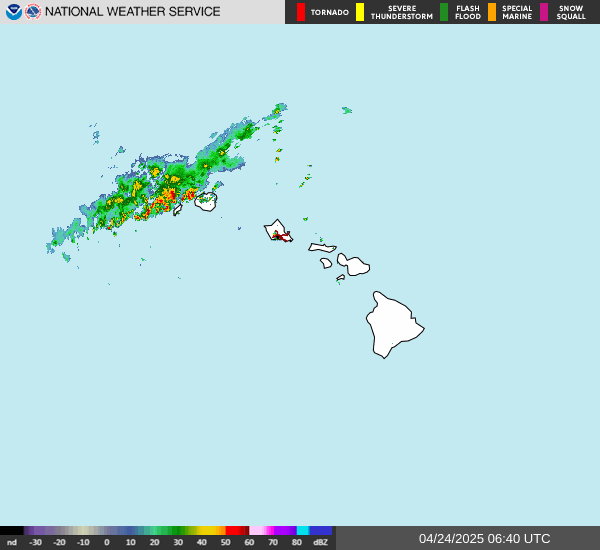
West Pacific:
“Toraji”:

“Man-yi”:

“Usagi”:


Global tropical activity:

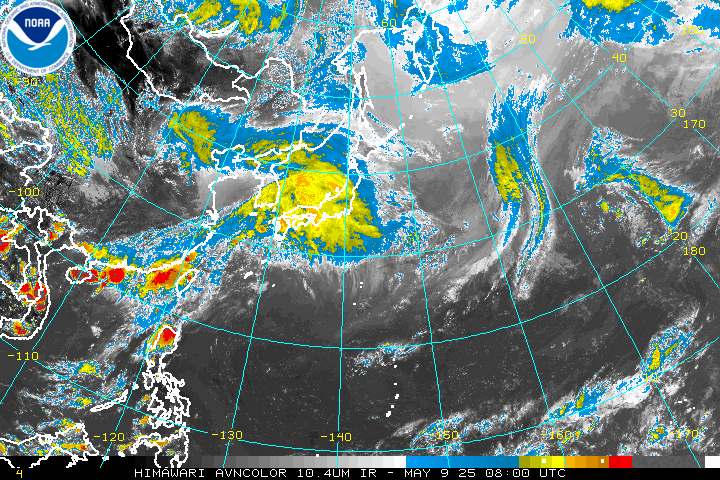
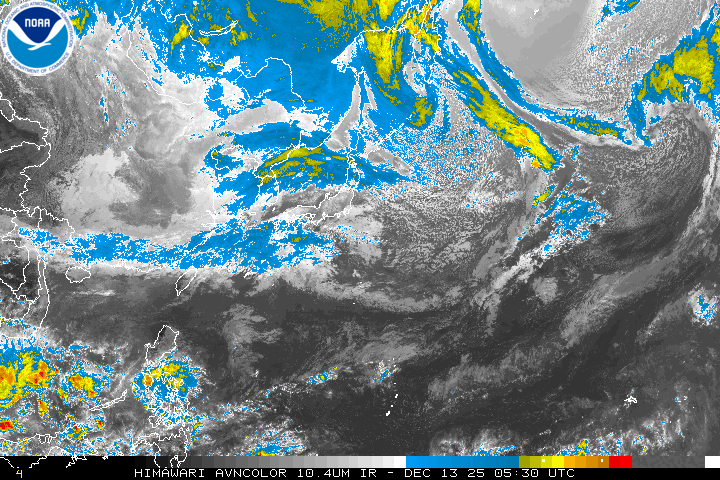
Cox Media Group










